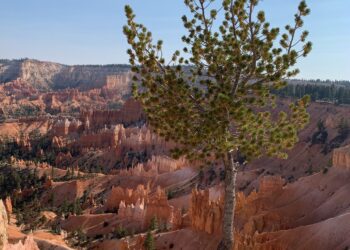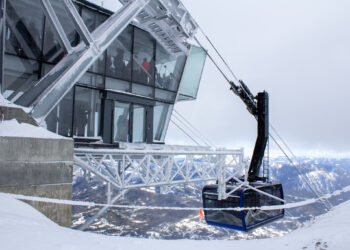Biologists count fewer large trout in Yellowstone River
MONTANA FISH, WILDLIFE & PARKS
Montana Fish, Wildlife & Parks’ fisheries staff has completed its spring monitoring of the Yellowstone River and its preliminary analysis of the data. Crews focused their efforts on stretches of the Yellowstone that were closed late last summer in the wake of the unprecedented fish kill.
In addition to understanding the impact of that complex event on trout and whitefish populations, biologists wanted to get a better overall picture of what’s happening in the river system and establish the best techniques for monitoring these populations going forward.
Mortality of mountain whitefish was significant in the Mallard’s Rest section where thousands of dead whitefish were observed lining the Yellowstone’s banks in August 2016. This spring’s data corroborated those observations.
In monitoring trout populations, data collected shows the greatest change in the stretch from the Mill Creek Bridge to the Loch Leven fishing access site.
While FWP did not observe many brown trout in the 2016 fish kill, it appears this stretch experienced a decline of about 50 percent in its larger fish, those 13 inches and above. There were approximately 30 percent fewer rainbow trout in that same size category as compared to the spring of 2016. However, there is an encouraging trend in the Mill Creek section with biologists counting higher numbers of younger trout 13 inches and under.
In the upper Yellowstone River near Corwin Springs, densities, or the number of fish per mile, of rainbow and brown trout are relatively stable, and resemble the densities noted in recent years. However, brown trout in this section experienced a similar decline in larger fish as did the Mill Creek section.
Downstream, monitoring was also completed near Big Timber, Columbus and Laurel where trout populations are showing the longer-term effects of changing river conditions.
Trout populations in the Laurel section, the most downstream trout habitat, have trended downward since 2014, which biologists suspect is a result of a decade of changes in stream flows, timing and duration of snow melt, and higher water temperatures, rather than the acute effect of the conditions in 2016. As an example, at Columbus, rainbow trout numbers are down significantly over time, but stable in the last couple of years.
At the time of the fish kill last Aug., the Yellowstone was experiencing low river flows and warm water temperatures for an extended period, making the conditions prime for the outbreak of the parasite Tetracapsuloides bryosalmonae. Other factors that can influence fishery populations were also at play during the time of the kill, and over the winter period since. Such events that can negatively impact fish habitat include extreme ice gorging, where significant ice formations develop in a channel.
Therefore, biologists urge caution in attributing direct cause in all Yellowstone fish population changes with so many factors at play in the river system, as changes vary by species and location.
Despite the general trend of warmer summer temperatures, declining peak stream flows and the changes in the timing and duration of snow melt, this spring presents the likely possibility for good river conditions. Prolonged cooler temperatures and more normal stream flows are anticipated, a positive forecast for trout and whitefish.
Region 3 Fisheries Manager Travis Horton said snowpack and scouring events, or river flushing that occurs during strong runoff, look positive.
“It’s especially important to see what happens in terms of runoff in the next few weeks, combined with summer temperatures and precipitation,” Horton said. “That will be what sets the stage. But, it looks unlikely that we’ll see the same low flows that we did last year.”
Better flows and scouring may help stave off another parasite-induced event as seen late last summer. The parasite blamed for the Yellowstone whitefish kill relied on tiny aquatic invertebrates called bryozoans as host in the river. Warmer water and lower flows allow bryozoans to thrive and stress fish, making them more susceptible to infection.
“It’s an encouraging thing to see these high flows,” Horton said. “The high scouring flows this spring should have reduced the densities of bryozoans, the primary host of PKD. That’s a good thing.”










